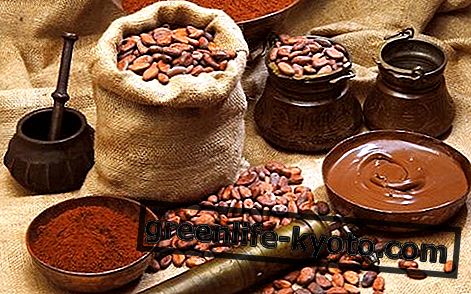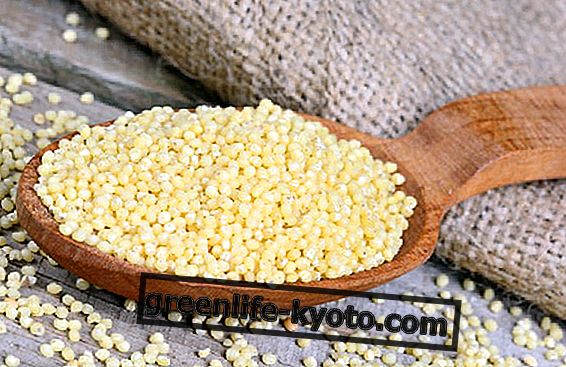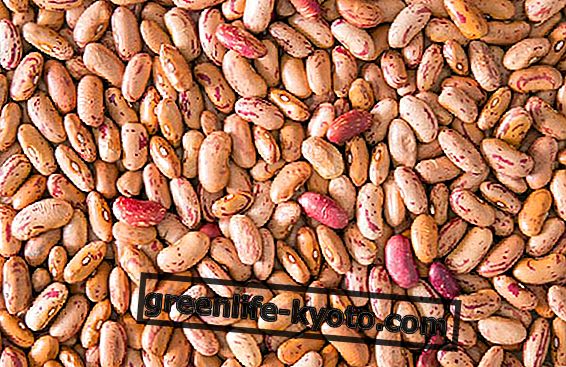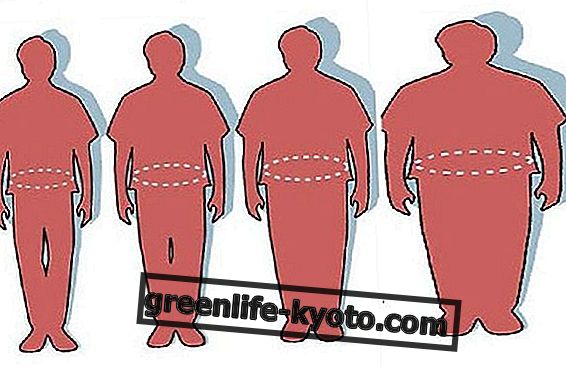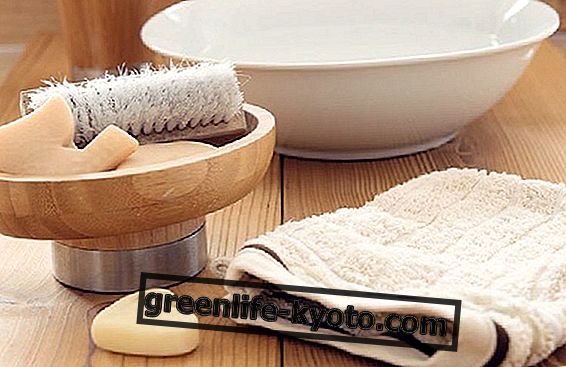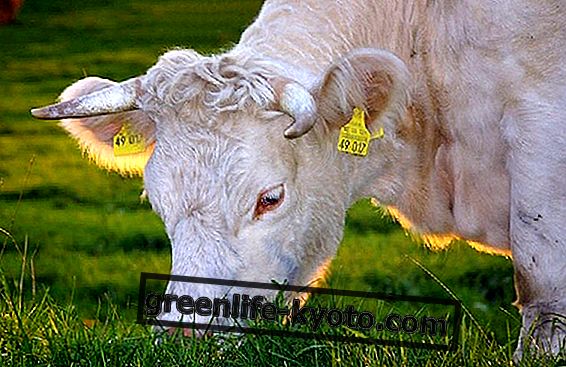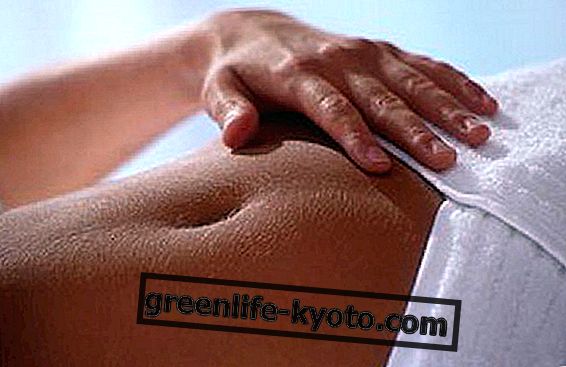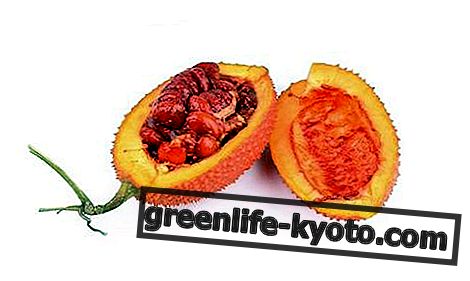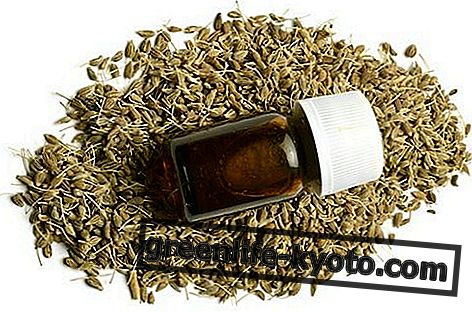
The origin of the pumpkin is not clear: some of the species come undoubtedly from South America, and were known by the Europeans only after the conquest of the New Continent. Other species, already known to the Greeks and Romans, would come from southern Asia instead. However in ancient times this vegetable did not enjoy great prestige, and was commonly considered a food suitable only for the lowest populace.
The pumpkin began to be commonly cultivated in Europe only from the sixteenth century, when it was imported, in its perennial varieties, from Spanish and Portuguese. As soon as the pumpkin was introduced in Europe, it struck the imagination more for its strange shape than for its possible food use.
The long famines of those years, however, soon made these prejudices fall, and little by little the pumpkin began to be appreciated also by the more affluent social classes.
The therapeutic properties of the pumpkin are concentrated mainly in its seeds . Their vermifuge action, without the slightest toxicity, makes them an excellent remedy against pinworms and tapeworms, both for children and for emaciated people.
Pumpkin pulp, thanks to its emollient action, is effective to soothe various acute diseases of the digestive tract such as enteritis, dysentery and as a diuretic.
Its content of proteins, carbohydrates, vitamins (A, B1, B2, C, PP) and mineral salts (potassium, magnesium, chlorine, calcium, sulfur, sodium and iron) make it valuable for the treatment of numerous ailments.
In the case of prostate hypertrophy, it is advisable to consume peeled pumpkin seeds in good quantity and at a constant frequency.
For external use the pumpkin, thanks to its emollient action, proves to be a good remedy against pains of various origins with a burning sensation: to benefit from it, crush and apply the pumpkin pulp on the aching parts.
In cosmetics the pumpkin pulp can be used to prepare a good emollient mask for normal or dry skin, as well as a mask for reddened and irritated skin: crush the pulp and reduce it to a bridge with a little honey; apply it to the skin, hold it for 20-30 minutes, then rinse. It can also be repeated several times a day.
